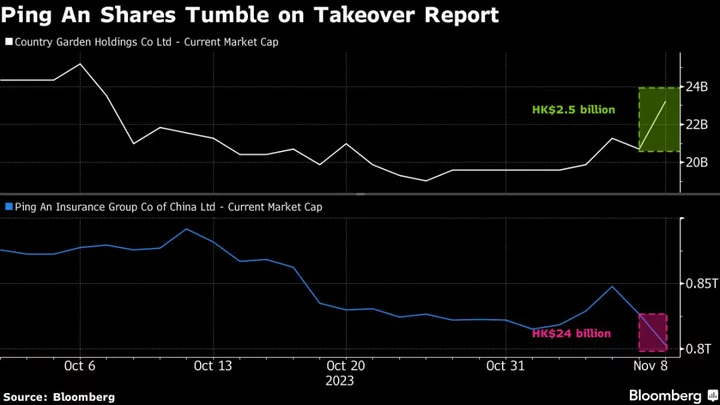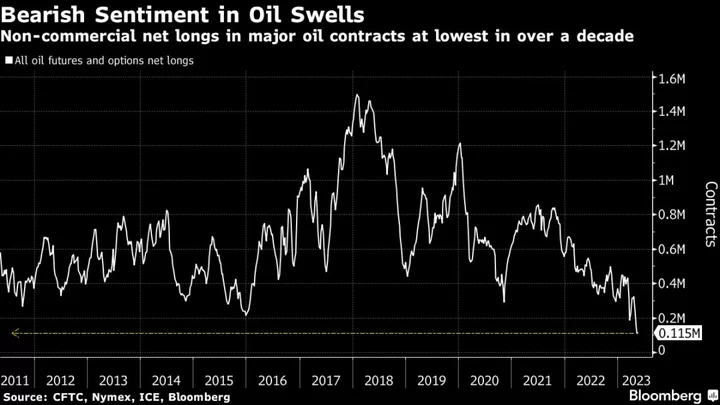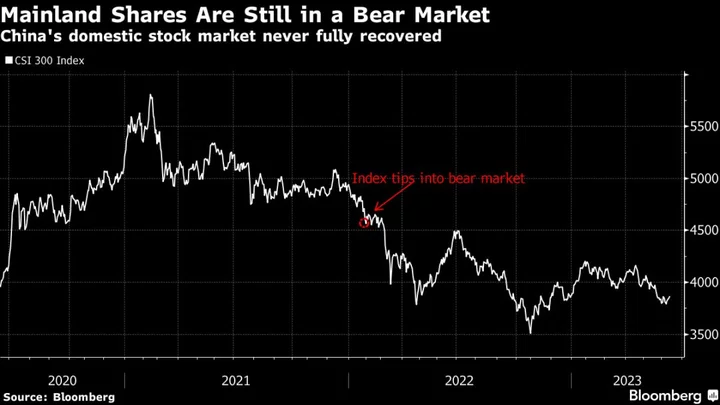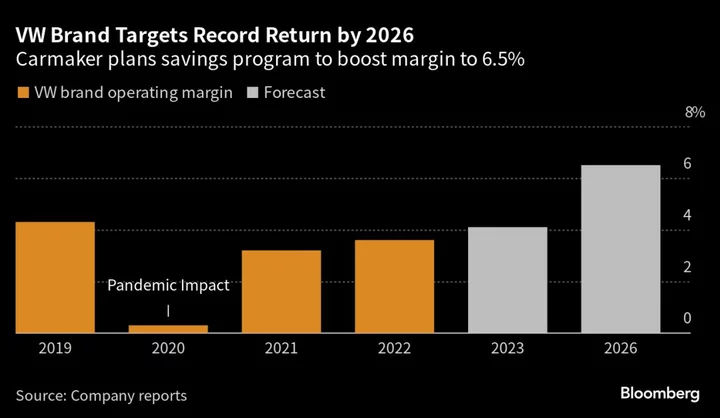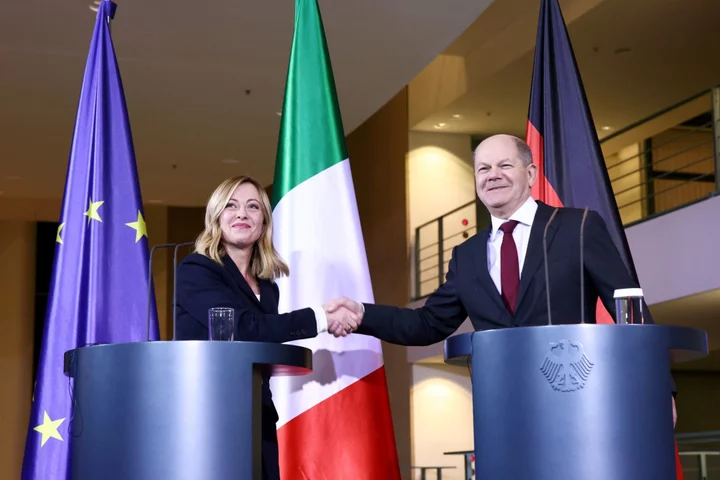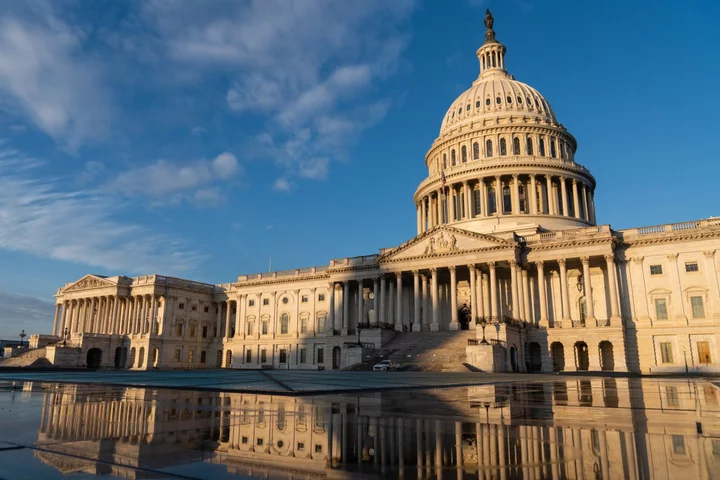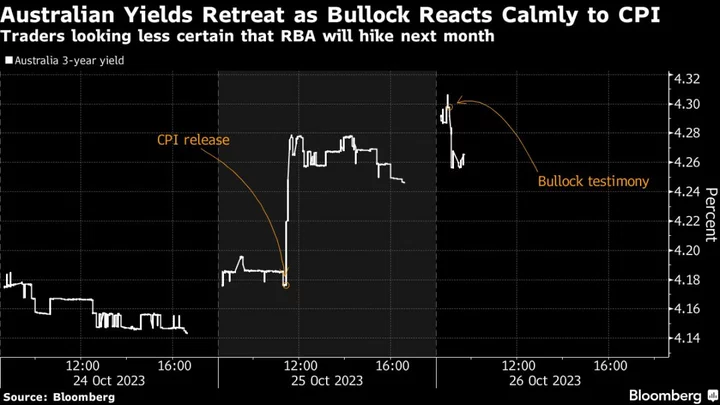Hardly any sustainable funds would consistently be able to market themselves as such in the UK, the US and the European Union as watchdogs in the three jurisdictions implement divergent anti-greenwash rules, according to a fresh study based on more than 18,000 investment products.
Research by Clarity AI, a sustainability technology platform whose customers include BlackRock Inc., Invesco Ltd. and MetLife Inc., found that only 4% of funds with the word sustainability or some version of it in their names actually comply with all current and planned requirements set by authorities in the three jurisdictions.
The findings offer an initial glimpse of how emerging regulatory frameworks are likely to affect the industry. That’s as the UK starts building out its own labeling system for funds claiming to target environmental, social and governance goals that contains a number of key differences from the Sustainable Finance Disclosure Regulation enforced in the EU over two years ago. The differences between the EU and the US are at least as big.
“If we end up with products that are going to have different labels, different names, depending on where they are marketed,” then that becomes “even more confusing” for asset managers and investors, said Patricia Pina, product research and innovation head at Clarity AI. And confusion “often leads to greenwashing,” she said.
Inflated claims of investments’ environmental or social benefits have resulted in a wider rethink around preferred ESG strategies. Investors have started migrating toward best-in-class strategies, probably because simple exclusion and ESG integration approaches are associated with greater greenwashing risks, according to a fresh survey of the global exchange-traded fund market by Trackinsight.
Pina said that while decisions by authorities in the EU, US and UK “might make sense” in isolation, “when we start to put them together, you might be creating incentives that you haven’t thought about.”
Investment firms have already been whipsawed in Europe and are now starting to reverse downgrades of top-ranked ESG funds after getting more guidance recently from authorities. The situation is compounded by a lack of agreement around the language of sustainability and ESG.
The fact that only 4% of sustainable funds would be able to keep that label across jurisdictions reflects the “different understandings of what sustainable means and then the market having different definitions of sustainable,” Pina said.
Still, asset managers are conflicted about how to resolve the dilemma, with some clients worried that defining sustainable investment too rigidly would limit their ability to create differentiated products, she said.
For Clarity AI clients, “interoperability is an issue that keeps coming back,” Pina said. The capital markets are mostly global, so “having different regulation, different rules in each of them, is difficult for them to track, to manage, to report,” adding to compliance costs.
The regulatory outlook is brighter for funds that take a lighter approach. Of funds with ESG-related words in their name, 85% comply with labeling requirements set by the three regions, according to Clarity AI’s research. That’s because “sustainable tends to be interpreted as a more stringent framework,” Pina said.
Notably, a proposal by European authorities to set minimum investment requirements for funds that use ESG and sustainability-related words in their names looks likely to have a limited effect on the market, Clarity AI’s researchers found. They looked at the EU’s so-called light green fund category, known as Article 8.
“Nearly three-quarters of the Article 8 funds in our universe made no reference to ESG (including sustainability) in their name,” according to the Clarity AI report, which focused on funds with English language names.
(Updates with information on new ETF survey in fifth paragraph.)


